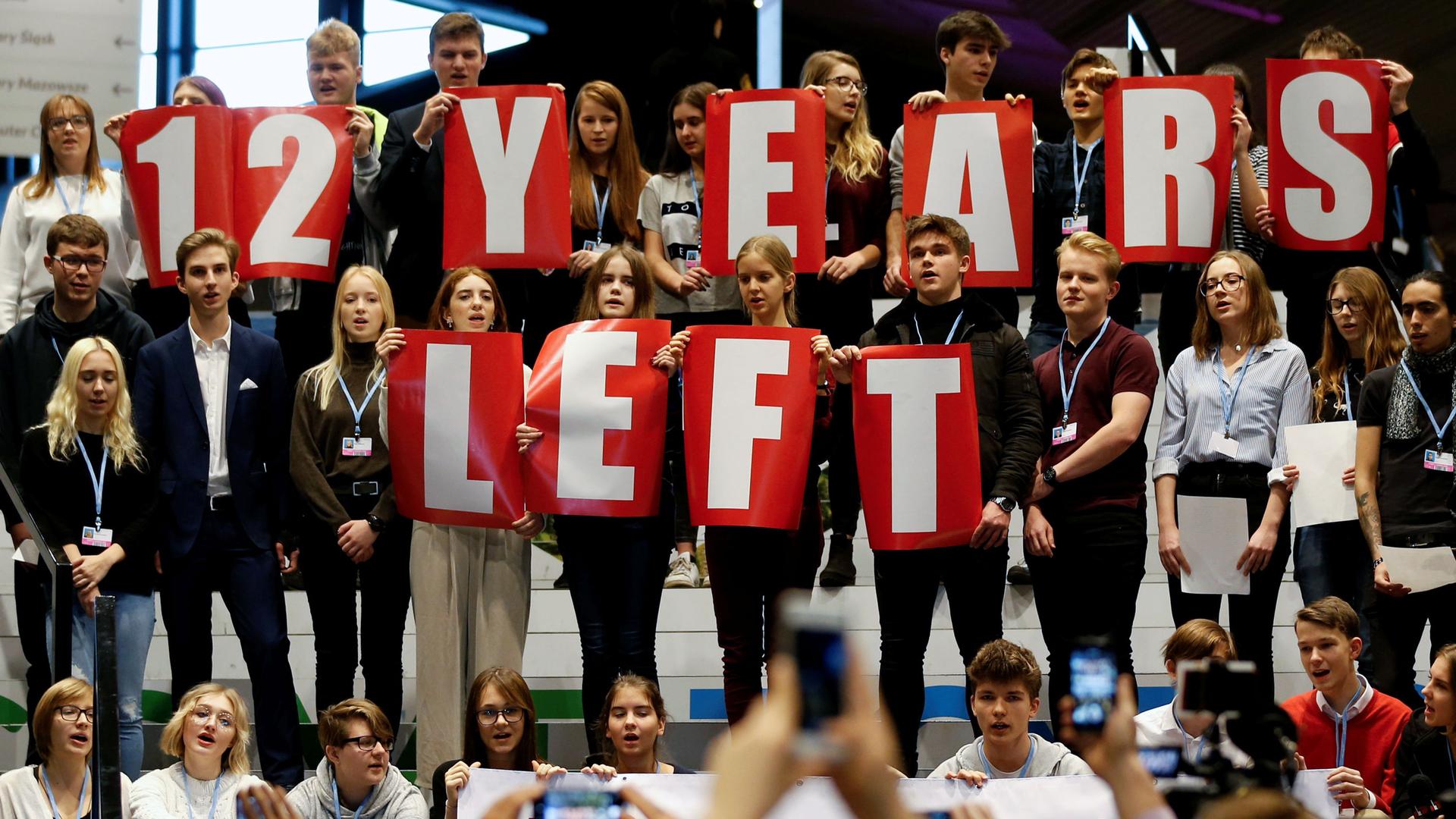From the Amazon to the Arctic, The World’s biggest environmental stories of the year
Local school children join Greta Thunberg’s initiative on climate strike during the COP24 UN Climate Change Conference 2018 in Katowice, Poland, on Dec. 14, 2018.
1. China stopped taking much of the US’s recycling
At the beginning of 2018, China set much stricter purity standards for the recycling it accepts and stopped taking two dozen different types of solid waste entirely. Mountains of recycling that used to be sold to Chinese recycling firms piled up in American cities, and cities and companies worked toward more efficient recycling programs.
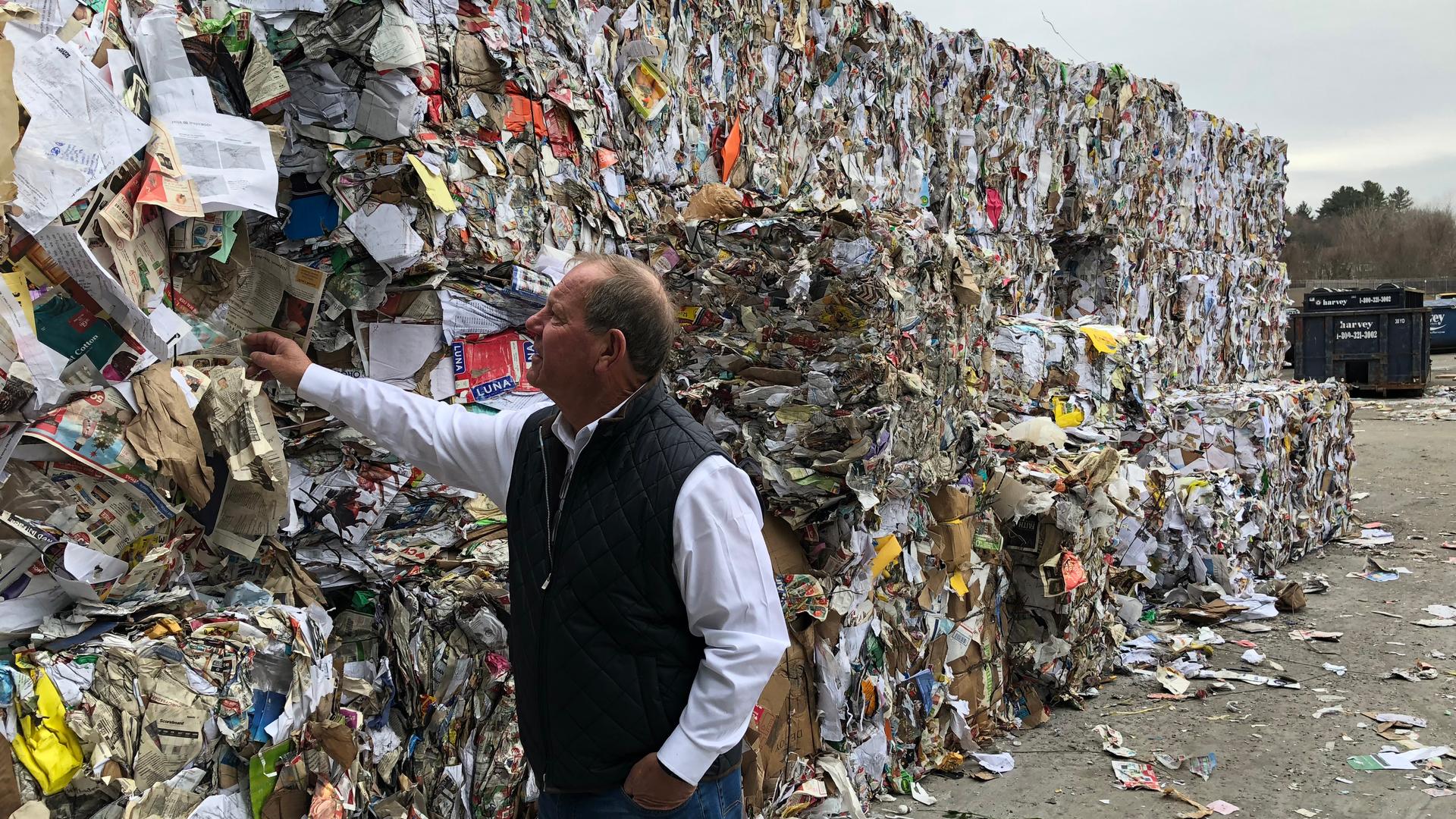
2. Cape Town avoided “Day Zero” and the city’s water kept flowing
After three years of drought, residents of Cape Town, South Africa feared the city’s reservoirs would reach such critically low levels that the city would turn off the taps. To avoid reaching “Day Zero,” Cape Town instituted stringent water consumption restrictions that had residents gathering around watering holes to fill up jugs and prompted one local radio journalist to file eight water reports a day. The city’s water-saving campaign worked, and Day Zero was eventually pushed back indefinitely. But the episode was seen as an example of what life might look like in the future as parts of the globe grow increasingly drought-prone.
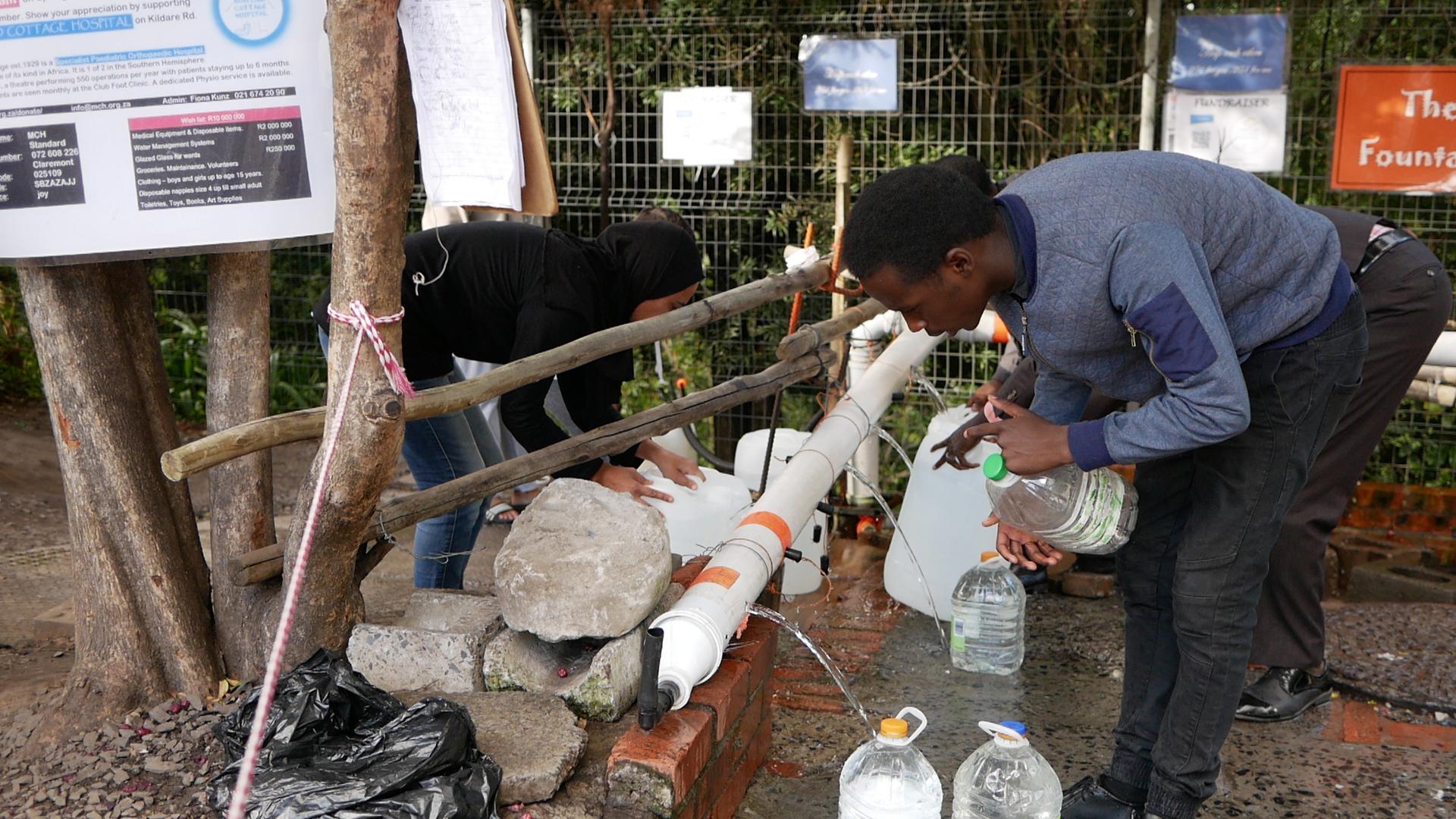
3. The people of the Arctic continued to feel the impacts of climate change most acutely
The 4 million people who live in the Arctic are feeling the effects of rapid climate change more quickly than anywhere else on earth, The World reported in a special series. An Alaskan village is falling into the sea and Arctic permafrost is starting to thaw. But as the landscape around them changes, the people of the arctic are pushing for sustainability and adapting to a new normal as new business opportunities open up at the top of the world.
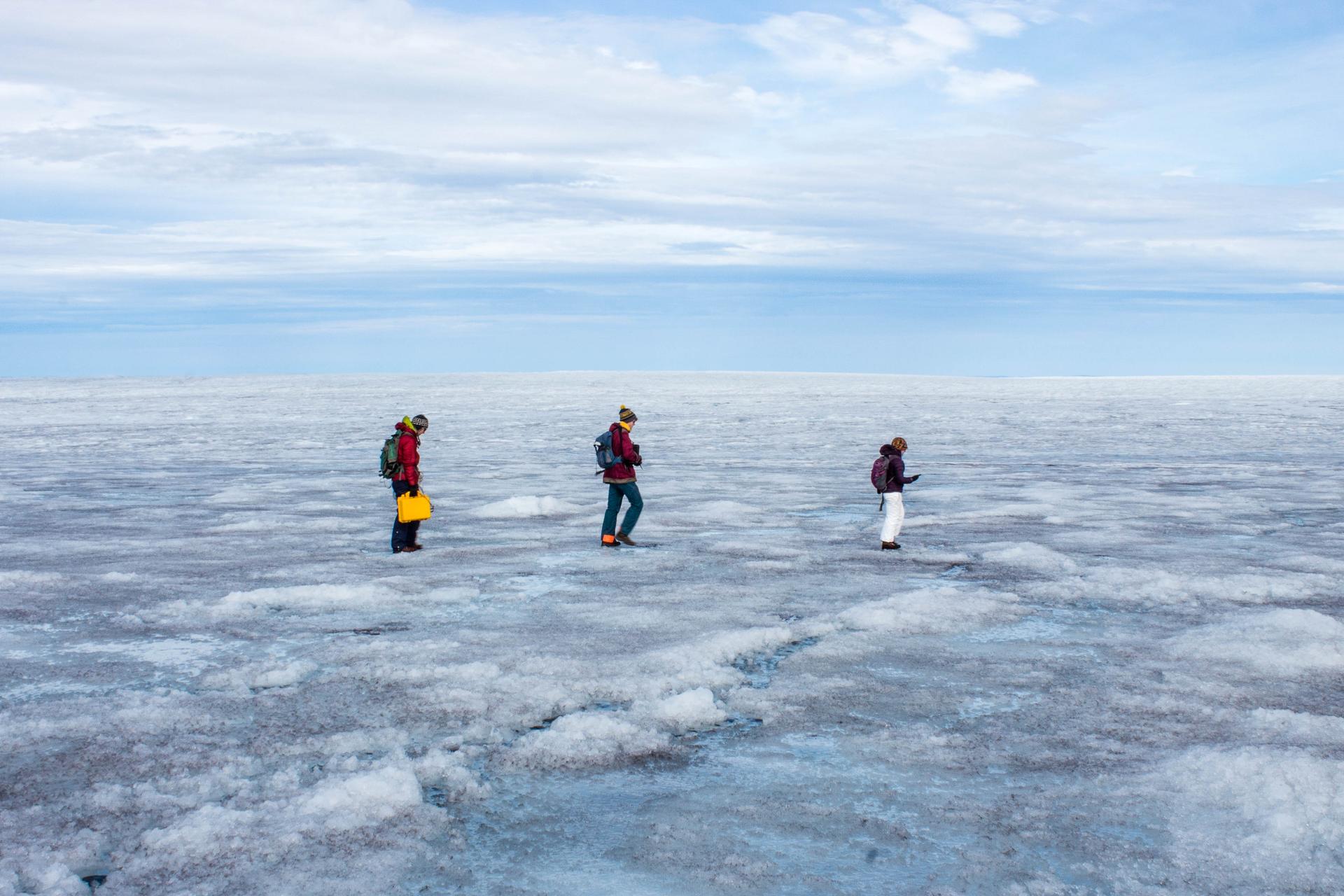
4. British and American scientists launched a campaign to understand melting on a massive Antarctic glacier
Science agencies in the US and the UK in April announced they would spend the next five years researching Antarctica’s Thwaites glacier, which is roughly the size of Florida and could contribute up to three feet of sea level rise if it were to collapse completely. Ice melting on Thwaites already contributes about four percent of global sea level rise, an amount that’s nearly doubled since the 1990s.
5. In the US, climate action was driven by cities, states and private businesses
As the federal government cut regulations aimed at limiting greenhouse gas emissions, cities, states and private businesses continued to lead the transition to a greener economy. In September, California Governor Jerry Brown convened a global climate summit that attracted heads of state and business leaders from around the world and extracted a slew of new commitments from them, from transitioning to zero-emission vehicles to protecting forests.
Around the world, Starbucks and McDonalds launched an initiative to make their cups fully recyclable and compostable, the nation’s leading coal state looked toward wind, and PepsiCo and Levis are worked to conserve water in their manufacturing processes.
6. One year after Hurricane Maria, Puerto Rico still struggled to recover
The first anniversary of Hurricane Maria arrived in Puerto Rico in September on an island still recovering from the devastating storm. Some residents had just gotten power back in their homes, and even as much of the island’s agricultural sector had rebounded, Puerto Rico’s coffee industry remained devastated. The island’s national forest was re-growing, but Maria highlighted concerns about the ecosystem’s ability to survive increasingly intense storms. Residents and officials recognized that while life on the island had reached a new normal, a year after Maria, Puerto Rico was still not prepared for another big storm.
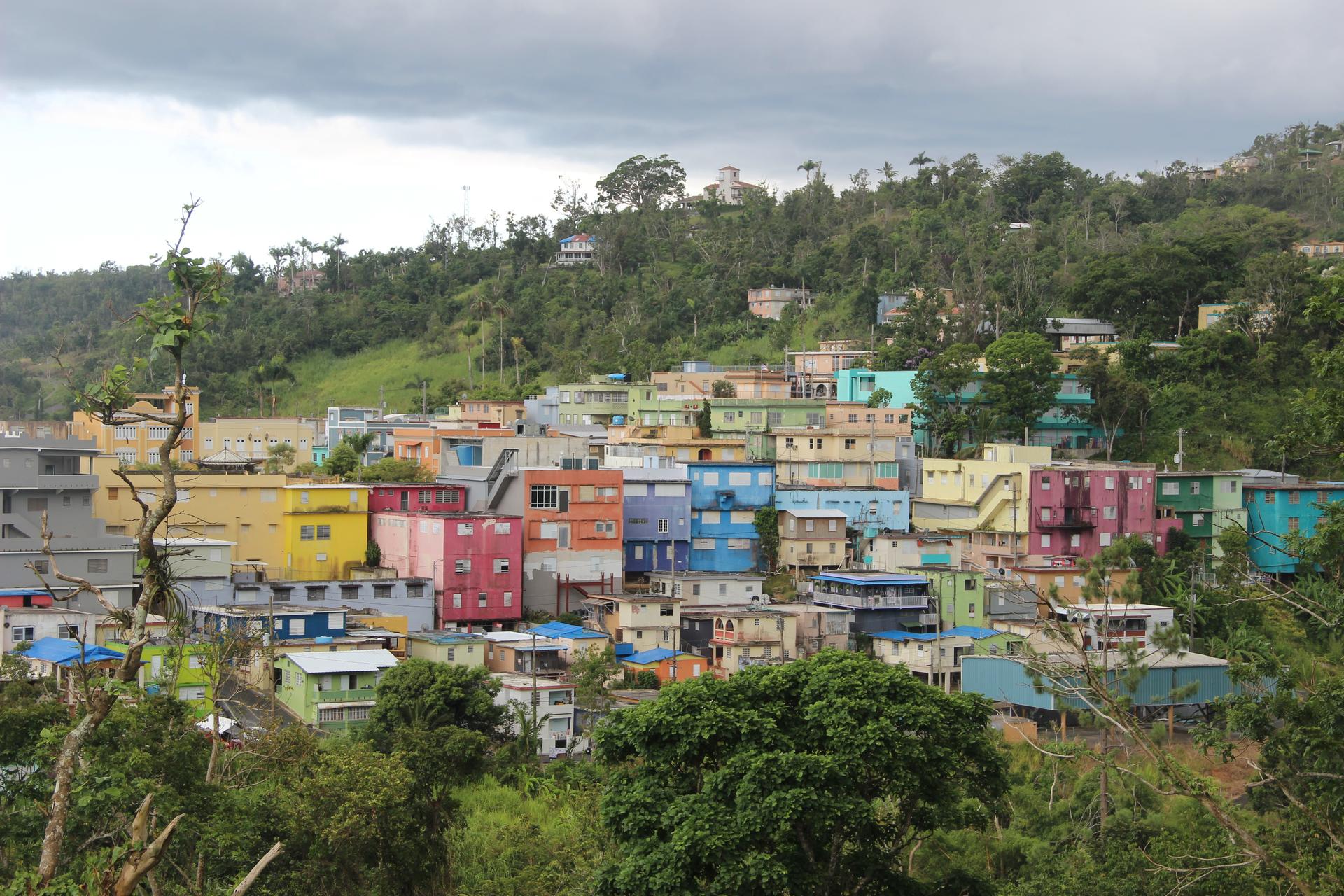
7. Concerns mounted for the future of the Brazilian Amazon
As illegal logging and a “tipping point” threaten the Amazon’s ability to capture and store carbon, a new president in Brazil has promised to exploit the rainforest and roll back protections for it. Scientists are warning that as the forests fail, they’re losing their ability to regulate Earth’s climate and protect us from the impacts of rising emissions.
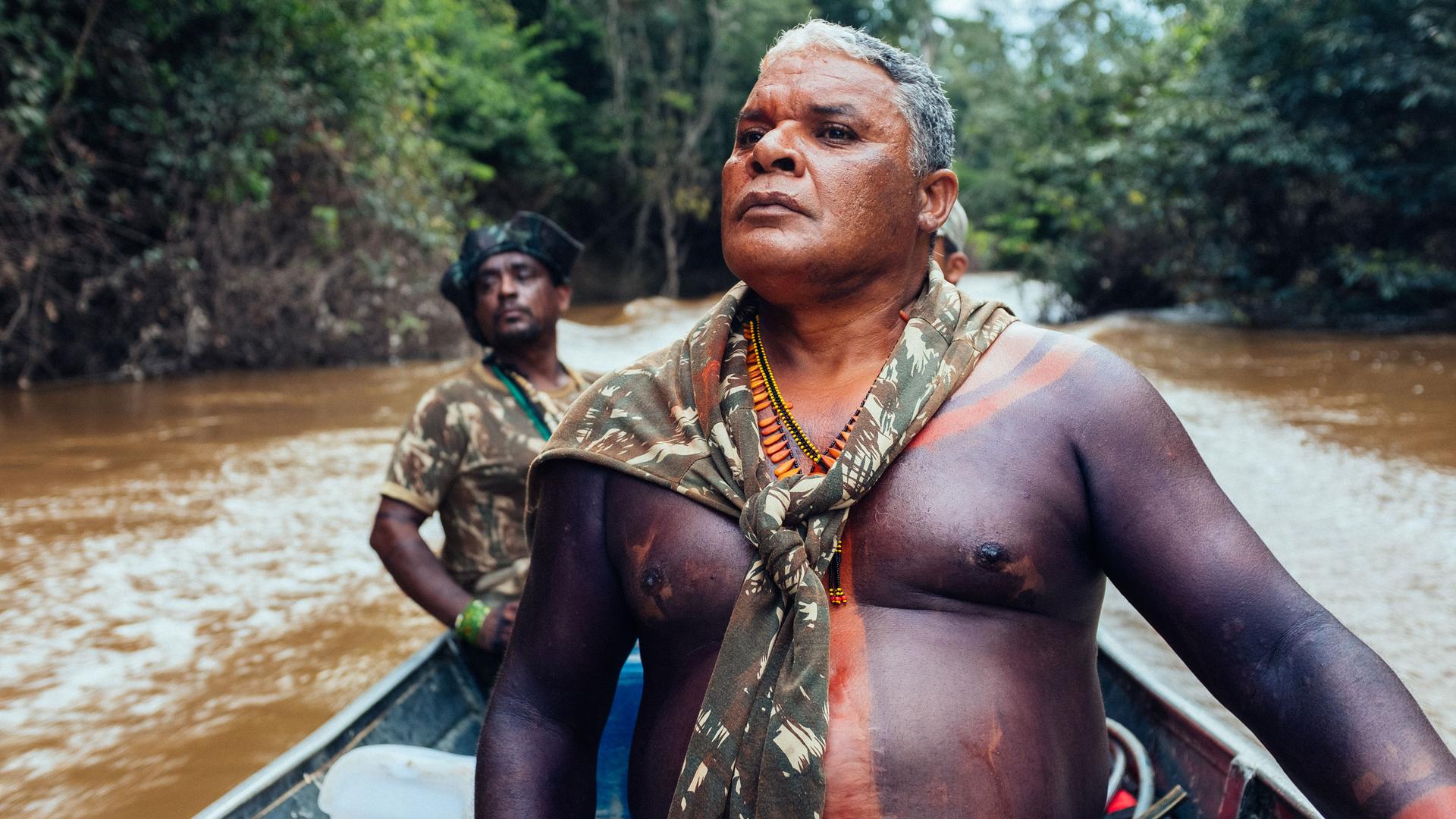
8. Kids took center stage in the fight against climate change
Young people will feel the biggest impacts of climate change as they grow up in a warming world, and in 2018 they became some of the most visible campaigners for efforts to cut carbon emissions. A lawsuit brought by 21 young people who argue the US government violated their constitutional rights by supporting the continued use of fossil fuels wound its way through the courts. Kids and teenagers staged a massive climate march in Washington in July. And 15-year-old Greta Thunberg was a sensation at the UN climate talks in Poland in December when she told adults they “are not mature enough” to face the climate crisis head-on.
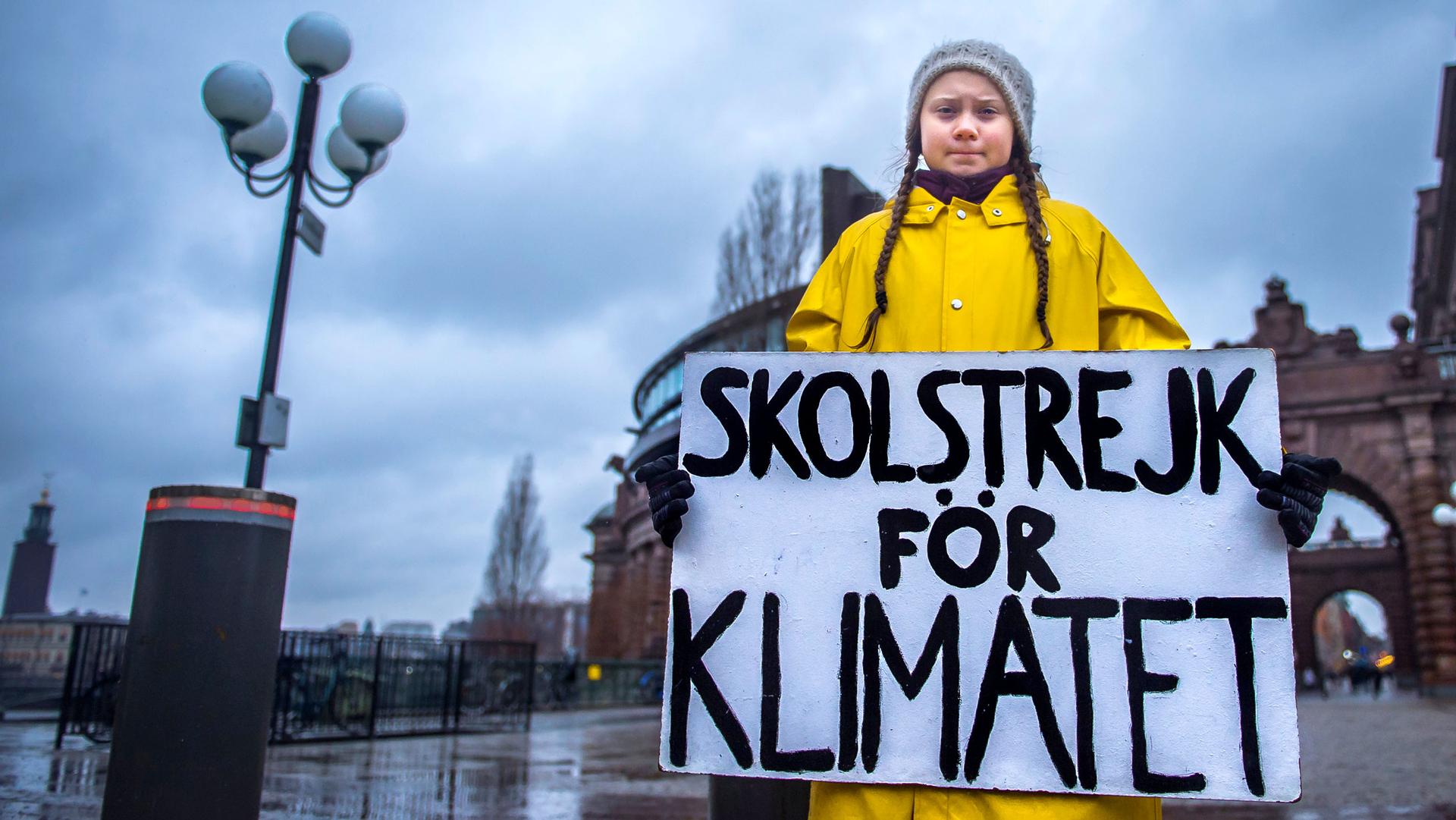
9. The world learned just how fast it has to act on climate change
A landmark United Nations report published in October upped the ante and sped up the clock in the fight against climate change. It found that limiting warming to 1.5 degrees Celsius above pre-industrial levels would significantly reduce risks from drought, extreme heat, heavy rainfall during hurricanes, and sea level rise. Meeting that target, the report found, is still technically feasible but would require “unprecedented” changes in nearly every sector, and a halving of carbon emissions by 2030. Currently, the world is on track to exceed even the 2 degree Celsius target written into the 2015 Paris climate agreement.
10. The Paris climate agreement stayed alive for another year
Delegates at a UN climate summit in Poland in December agreed on a “rulebook” that governs how countries will track and report their carbon emissions under the Paris climate agreement. But to the disappointment of low-lying island nations and developing countries, the US and other oil-rich countries blocked language “welcoming” the UN report outlining the benefits of keeping global warming to 1.5 degrees Celsius above pre-industrial levels. Some of the world’s most vulnerable nations worry that means new targets for carbon emission cuts due by 2020 won’t be as ambitious as they’d hoped.
Our coverage reaches millions each week, but only a small fraction of listeners contribute to sustain our program. We still need 224 more people to donate $100 or $10/monthly to unlock our $67,000 match. Will you help us get there today?
